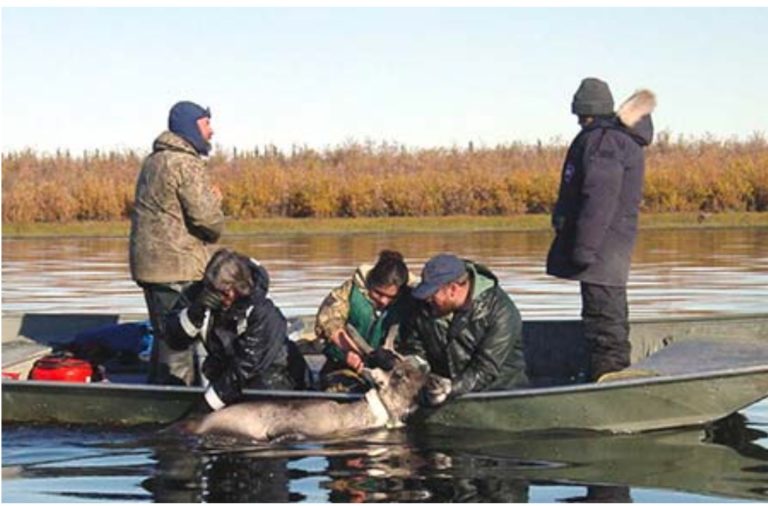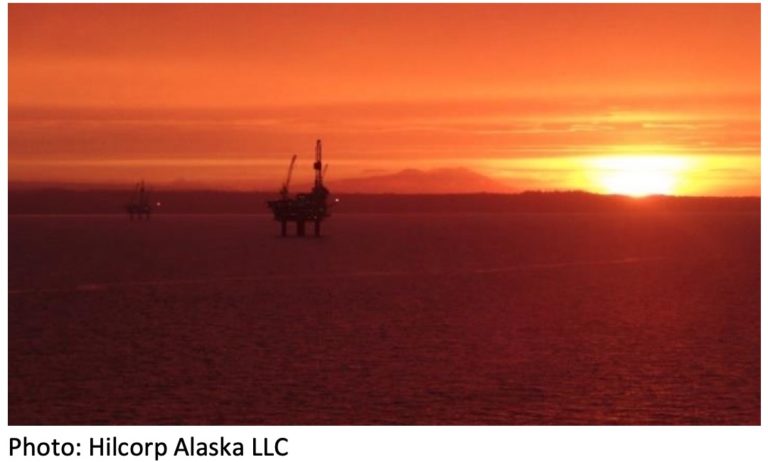By TED SPRAKER
“A lie gets halfway around the world before the truth has a chance to get its pants on.” This famous saying, attributed to many, is a fitting description of the tall tale by the National Park Service and its new proposed rule to eliminate traditional harvest methods by Alaskans.
The definition of a lie is “to make an untrue statement with intent to deceive.” Make no mistake, this is about federal government bureaucrats and their anti-hunting, anti-Alaska agenda making assertions through an agency rulemaking process to deceive the public.
The State of Alaska has been embattled with Department of Interior agencies for decades. The State is defending traditional harvest methods implemented by the Alaska Board of Game, which go through a very public process and scientific analysis. These traditional harvest methods were protected by “saving clauses” in the Statehood Compact Act, ANILCA, 2017 Congressional Review Act, and recently the Supreme Court case Sturgeon v. Frost.
Below is a list of National Park Service-proposed regulations and their distortion of the truth.
The new proposed rule defines the term “sport hunter” as a fair-chase hunter. Most Alaskans fall under a general/sport hunting designation and hunt for food security and sustenance. The new rule would reinstate prohibitions that were in place under the Obama-era 2015 rule on “methods of harvest that are not compatible with generally accepted notions of ‘sport’ hunting.” This is an ignorant statement by the National Park Service. “Generally accepted,” as most of us are aware, is not about Alaskans or our way of life.
The National Park Service proposal cites “public safety” concerns as the reason to eliminate all bear baiting on park preserves. The Park Service will be hard-pressed to talk about one incident where a bear bait station was a threat to the general population. Most dangerous or fatal bear encounters have been either with spot and stalk hunters or hikers enjoying the outdoors. Bears don’t habituate to food; they habituate to a site. If they only habituated to food, bears would be lined up at Safeway heading for the doughnut section. If baiting is such a distasteful harvest method, the Park Service should have included fishing using bait and duck hunting from a blind. This effort is simply another attempt to prohibit hunting.
Elimination of denning with artificial light as an unethical practice. Another big lie. Several Native elders from Huslia came to the Board of Game in 2012 requesting the board allow the use of artificial light to take a black bear in a den. Keep in mind, it has never been illegal to kill a brown or black bear in a den, if the season was open. The elders spoke of a traditional method of using artificial light when harvesting a bear, however, it was rarely practiced. This harvest method was a safety exercise used to avoid a brown bear in a den or a sow black bear with cubs. Additionally, the flashlight was used to assure an accurate shot placement. The assertion from the Park Service that the use of artificial light in bear dens is widely used by sport hunters is a false narrative and is an assault to Alaska Native traditions. In addition, the practice is only allowed in portions of four of the 26 game management units in the state where it is customary and traditional.
Prohibition of predator control. The false narrative (lie) by the National Park Service, asserts that hunters or trappers will harvest enough predators to benefit prey populations. This has never occurred in Alaska. The only time a sufficient number of predators (about 80%) have been removed from an area that benefited a prey population was under an intensive management program authorized by the Board of Game, implemented by the Alaska Department of Fish and Game, and has never occurred on federal public lands. The Board of Game does not pass general hunting regulations of predators to benefit prey species. Regulations are always justified to increase harvest opportunity. The predator control assertion by the National Park Service has no merit and is simply anti-hunting rhetoric.
Elimination of trapping by non-rural residents is another violation of the Statehood Compact Act, ANILCA, and is anti-hunting in general. The proposed rule would prohibit any “methods of harvest that target predators for the purpose of increasing populations of prey species for human harvest. Hunting predators would be prohibited even if they do not in fact reduce predator populations or increase the number of prey species.” ANILCA Section 1313 directs the administration: “taking of fish and wildlife for sport purposes, subsistence uses, and trapping shall be allowed in a national preserve under applicable State and Federal law and regulation.”
Elimination of harvesting caribou from a boat. The rural/Native traditional practice of harvesting swimming caribou from a boat was made legal in 1982 in the northwest part of Alaska by the Board of Game. The National Park Service justified a subsistence harvest as a cultural practice but must eliminate “sport or recreational” hunting because it invokes Western concepts of fairness that do not apply to subsistence practices. In other words, if you grew up in rural Alaska and traditionally used the practice of harvesting swimming caribou, then moved to a non-rural designated community, you are now automatically deemed a “sport” hunter with no ties to your traditional practices. By the same token, a teacher from Florida with no ties to Alaska can move to a rural designated community and become a subsistence hunter.
Consultation with the Tribes and ANCSA Corporations. This one was a big whopper told by the National Park Service. In consultation with the tribes and corporations, the Park Service championed a false narrative that most “sport hunters” (i.e., Alaskans who are not federally qualified under subsistence) would be in direct competition for the resource. Non-local hunters experienced millions of acres of public lands closed by a group of unelected bureaucrats. In April of last year, the Federal Subsistence Board closed nearly 40 million acres of public lands to non-local moose and caribou hunters. It is a lie to say non-local hunters are in direct competition for the resources in the park preserves. Outmigration from rural communities to hubs and cities is expected to grow as climate change and economic prospects jeopardize the foundation and social makeup of numerous rural Alaska communities. These circumstances eliminate federally qualified status for many former rural residents.
In a 2017 scientific publication by the National Park Service’s own biologist: “We did not detect an effect of sport hunting activity on caribou resource selection, supporting our null hypothesis. This indicates that sport hunting does not inhibit the ability of caribou to migrate through Noatak. Local hunters have harvested caribou at key river crossing locations for 10,000 years in northwest Alaska. That these locations continue to be used by caribou and local hunters to this day may support our findings. Further, studies elsewhere have also found environmental factors have a greater impact on animal space use than hunting. Our finding of a lack of effect of sport hunting activity on the likelihood of caribou migrating through Noatak does stand in apparent contrast to concerns voiced by local hunters regarding the negative effects of sport hunters and commercial air transporters.”
The National Park Service reaching out to consult with the tribes and corporations on this false narrative of competition between Alaskans, contradicted by their own biologist, is not only deceitful, but disgraceful.
ANILCA clearly recognizes Congress’ principal intent to maintain sound wildlife populations, to preserve untouched ecosystems, to safeguard resources for subsistence, and to preserve opportunities related to sport hunting. Wildlife populations managed under state regulations have remained healthy and viable on preserves for over 30 years after the passage of ANILCA. The proposed rule has outcomes that upset Congress’ intended balance by unnecessarily pitting rural and non-rural hunters, and park values against each other.
Alaskans should speak out against the National Park Service’s dishonest justification for these new proposed rules, its anti-hunting agenda, and the agency’s attack on the people of Alaska.
I encourage all Alaskans to submit one simple comment under the rule making portal: “The NPS proposed rule on hunting in the park preserves to eliminate “sport” hunting and predator control is a big lie!” Send your comment to the Federal eRulemaking Portal: http//www.regulations.gov. The Regulation Identifier Number is 1024-AE70 .
Ted Spraker of Soldotna was a ADF&G career wildlife biologist, six term member of the Alaska Board of Game, and president of the Kenai chapter of Safari Club International. Photo credit: ADF&G.









